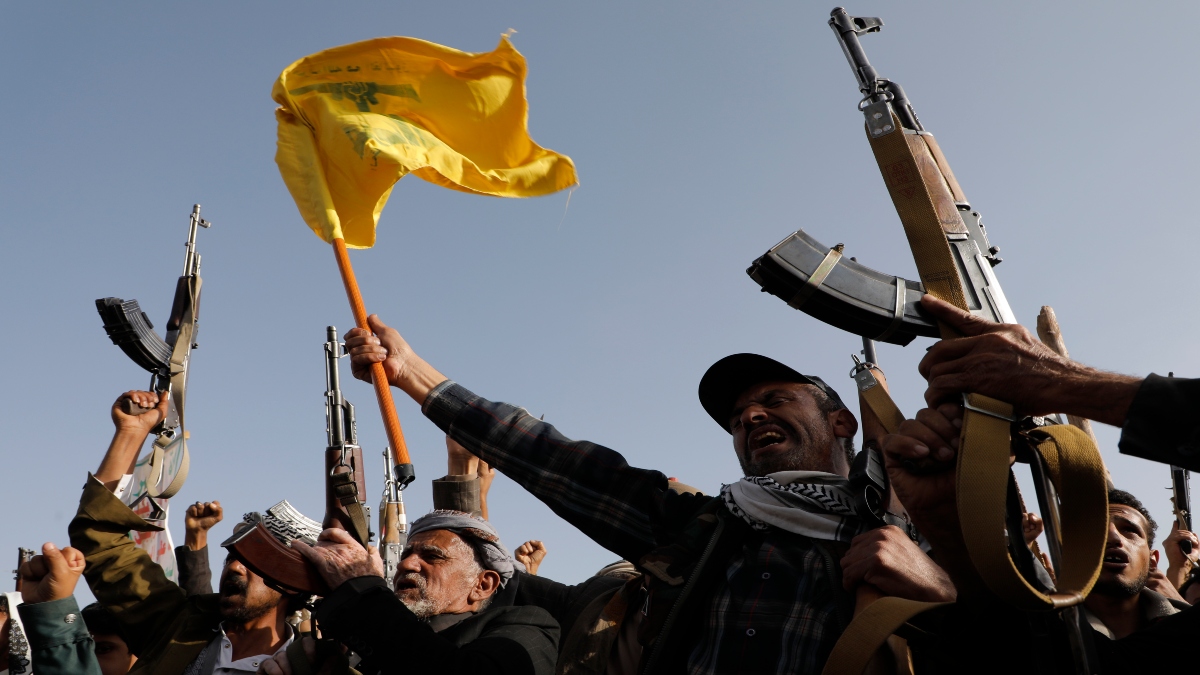Iran-backed Hezbollah has been significantly degraded militarily by Israeli strikes in Lebanon, where the group is based.
However, Hezbollah is likely to try rebuilding its forces and stockpiles, posing a continuing threat to US interests and allies in the region, Reuters reported citing four sources briefed on updated US intelligence.
Recent US intelligence assessments, shared with lawmakers and Israeli officials, indicate Hezbollah has lost more than half of its weapons stockpiles and thousands of fighters in its conflict with Israel.
Despite these losses, the group has reportedly begun recruiting new fighters and exploring ways to rearm through domestic production and smuggling materials via Syria, according to a senior US official, an Israeli official, and two US lawmakers familiar with the intelligence.
It’s unclear to what extent those efforts have slowed since last week when Hezbollah and Israel reached a shaky ceasefire
Hezbollah’s Efforts to Rebuild
Hezbollah has not been destroyed.
According to US intelligence, it is operating with limited firepower but still retains thousands of short-range rockets in Lebanon. These weapons could be augmented by production in neighbouring countries and smuggling routes through Syria
Iran’s support for Hezbollah remains a key factor in the group’s recovery strategy.
Regional implications
Hezbollah’s long-term rebuilding plans could hinge on its access to Syria, where US officials are applying pressure on Syrian President Bashar al-Assad to cut ties with the group.
Impact Shorts
More ShortsWashington and Dubai have reportedly discussed easing sanctions on Assad if he agrees to limit Hezbollah’s operations and weapons shipments through Syria.
Meanwhile, Hezbollah has refrained from publicly addressing its weapons stockpiles since the ceasefire, focusing instead on reconstruction efforts in southern Lebanon and Beirut’s suburbs, where Israeli strikes have caused widespread devastation.
Strategic shifts
In the past, Israel faced the threat of Hezbollah retaliation from Lebanon when considering military action against Iran. Now, with Hezbollah weakened, US officials believe Israel could act more freely against Iran without immediate northern repercussions.
Hezbollah’s challenges mirror broader struggles among Iran-backed groups. In Gaza, Hamas has reportedly lost at least half its fighters and can only sustain limited guerrilla tactics.
In Yemen, the Houthis continue to launch attacks, but US forces have intercepted most missiles and drones.
Change is coming
The updated intelligence comes as US President-elect Donald Trump prepares to take office on January 20.
Trump has previously championed a “maximum pressure” campaign against Iran, withdrawing from the 2015 nuclear deal and imposing heavy sanctions. During his first term, Trump also ordered the 2020 strike that killed Iranian General Qassem Soleimani, a move that weakened Iran’s regional operations.
With inputs from agencies


)

)
)
)
)
)
)
)
)



